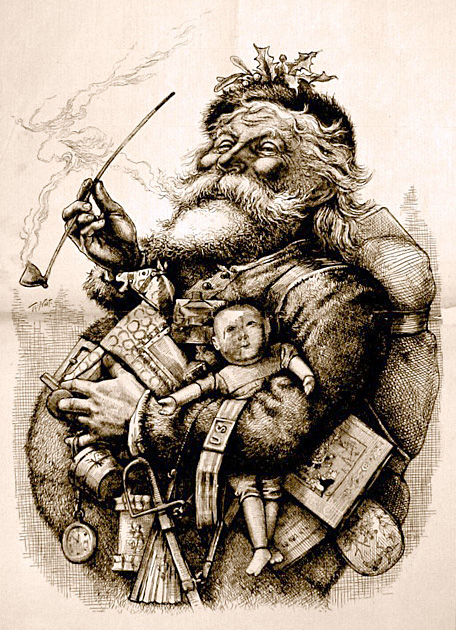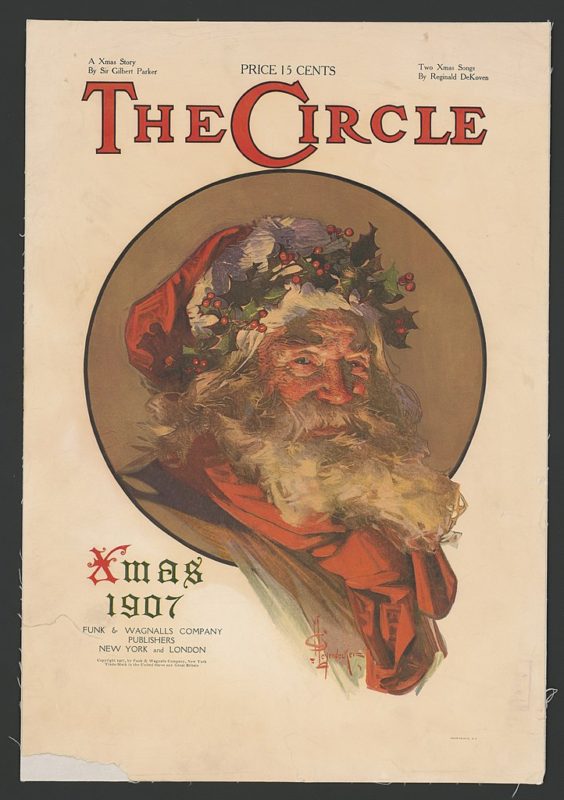Merry Christmas from 300Magazine, or The History of Santa Claus

300Magazine wishes our readers and friends a Merry Christmas! The most wonderful time of the year is finally here, and we are just as excited as you are. This year was full of amazing events in the world of art, including showstopping exhibitions, new inspiring projects, and emerging talented artists’ debuts. We decided to celebrate this holiday with you in the best way we know and share some interesting facts about art. Today, let’s explore the evolution of one of the most iconic characters to ever exist — Santa Claus.
Merry Christmas from 300Magazine, or The History of Santa Claus
The origins of the jolly old man wearing a red suit and carrying presents are far less festive than the modern version. The character of Santa Claus is based on Saint Nicholas, an early Christian Greek bishop. The oldest known religious images, or icons, depicting him date back to the 13th century, and they look nothing like Santa we have all come to love. He is wearing liturgical vestments and holding the Holy Scripture in his left hand, with images of the Savior and the Virgin Mary placed in the top corners of the icon.
It is said that it was Thomas Nast, an American illustrator, who put his hand to creating the classic look of the modern Santa Claus. In particular, his drawings for the Harper’s Weekly magazine depict a version of a well-known archetype. Look at this smiling plump man carrying toys and smoking a pipe! But what most people do not know is that Nast’s Christmas illustrations were actually highly political. For example, the sack that the character carries on his back is not just a bag full of toys — it is a military backpack. Thomas Nast was strongly pro-military and often expressed his displeasure with the way the government was paying the members of the military.
While there have been a lot of different interactions of the classic Santa, one is credited with being the most impactful of them all. Joseph Christian Leyendecker, an illustrator who became famous for his commercial drawings of the “Arrow Collar Man,” was the creator of the iconic look that was later made recognizable across the world by Coca-Cola advertisements. A black belt, a white-rimmed coat, and military boots — Leyendecker was the one who solidified this portrayal in the collective consciousness through his magazine covers for The Saturday Evening Post.
We hope you enjoyed learning about this fun little bit of art history with us. 300Magazine wishes you a Merry Christmas and Happy Holidays!


